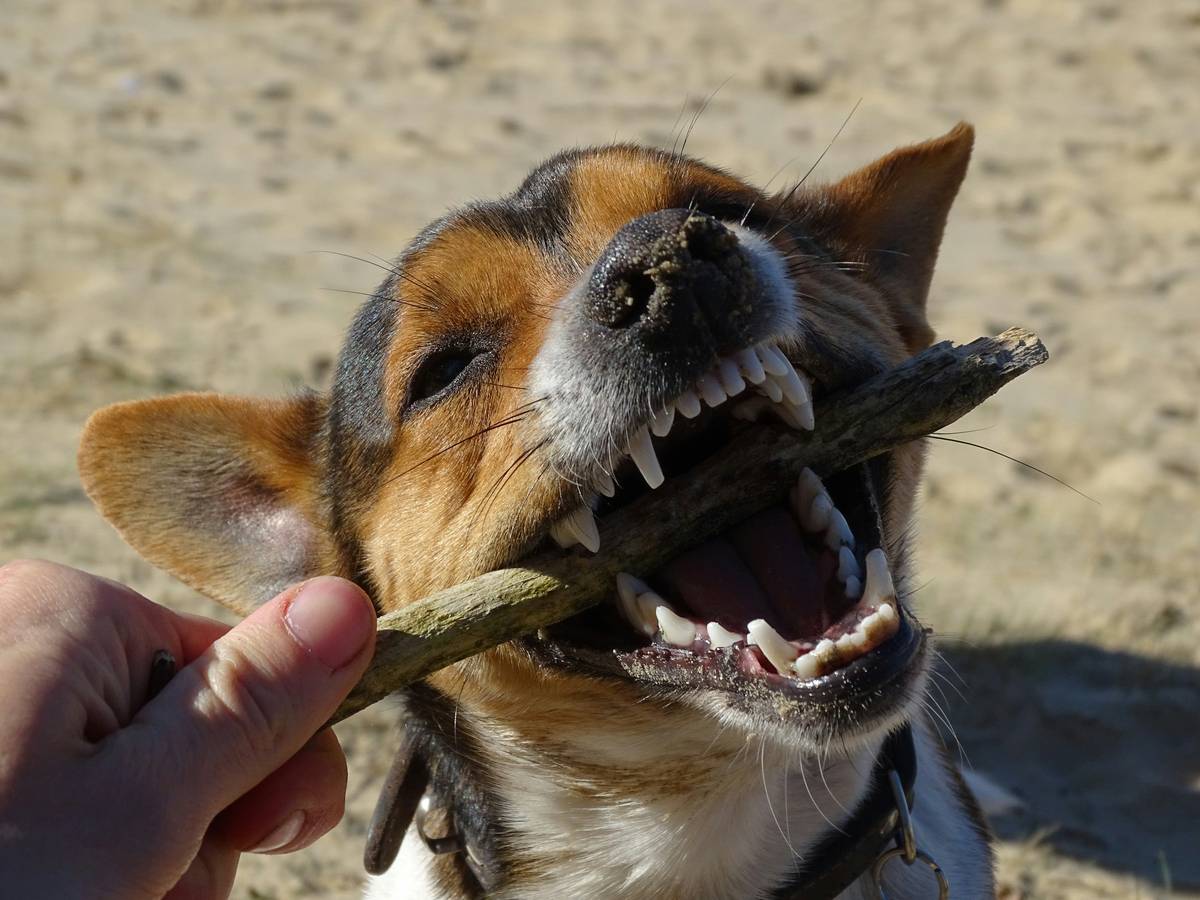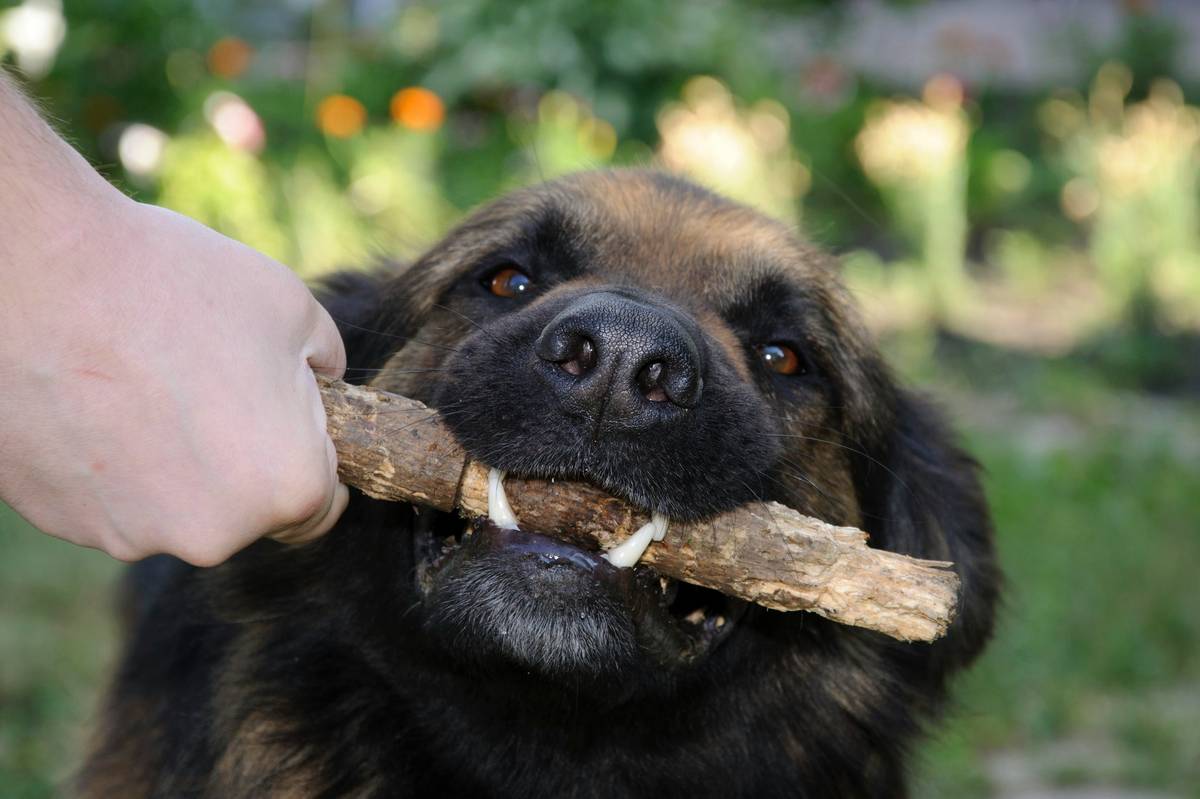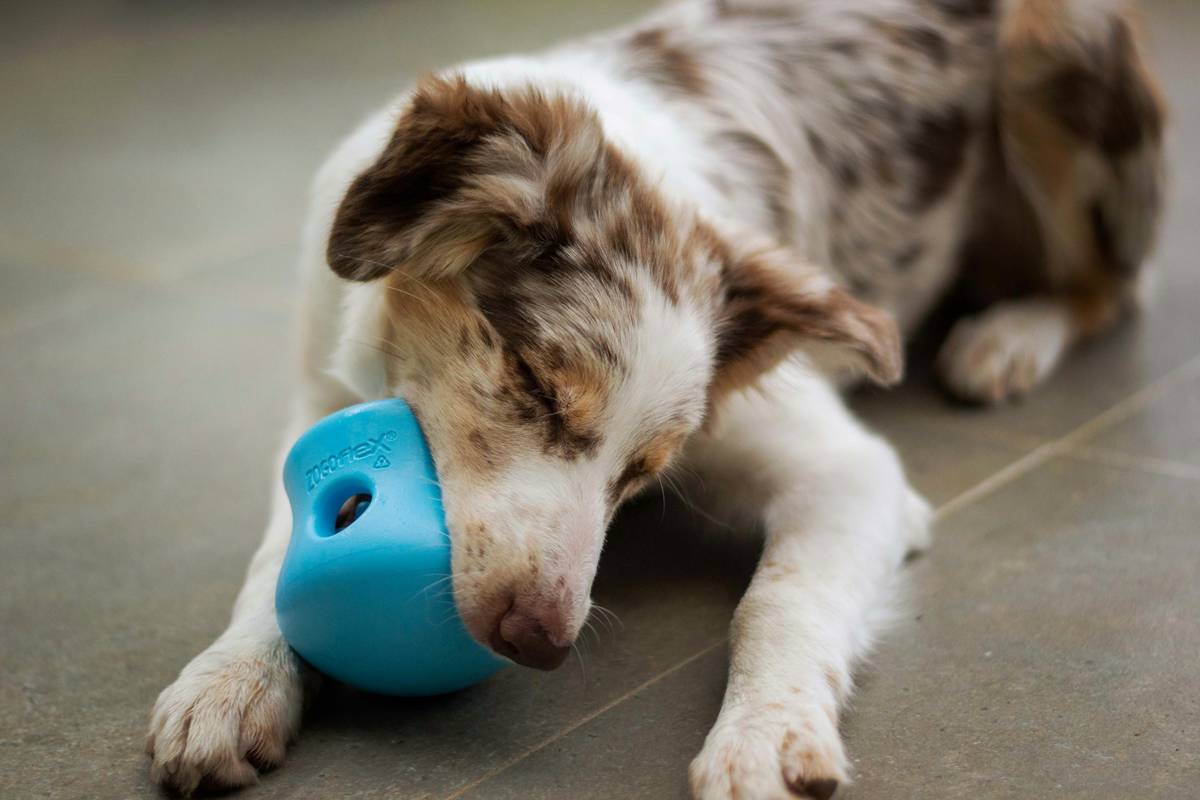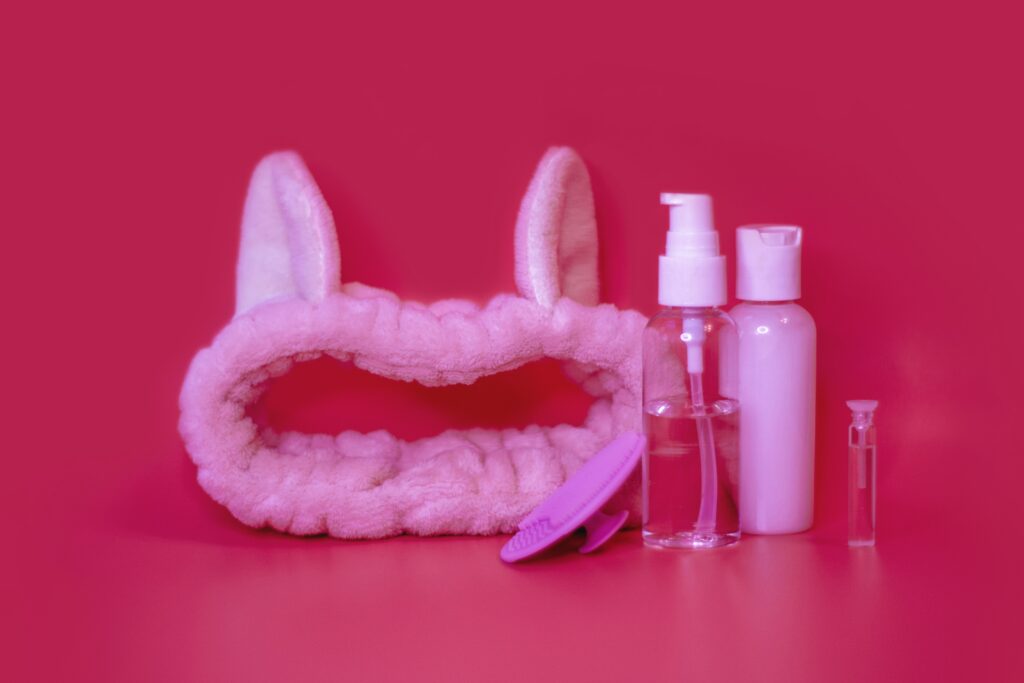Ever watched your dog gnaw on questionable objects? You’re not alone. Dogs are natural chewers, but did you know that chewing can actually benefit their dental health? The catch? Not all chew toys are created equal—some might even be dangerous. So, how do you find a safe dental chew that keeps your pup entertained, healthy, and safe?
In this guide, we’ll dive deep into why dental chews matter, how to pick the right ones, expert tips, real-life examples, and answers to FAQs. Buckle up, because keeping those pearly whites clean just got easier!
Table of Contents
- Why Does a Safe Dental Chew Matter?
- How to Choose the Perfect Safe Dental Chew (Step-by-Step)
- Best Practices and Tips for Using Dental Chews
- Real-World Examples: Are These Safe Dental Chews Worth It?
- Frequently Asked Questions About Safe Dental Chews
Key Takeaways
- A safe dental chew helps reduce plaque and tartar buildup while keeping your dog entertained.
- Not all chews labeled “dental” are truly safe—be wary of choking hazards and harmful materials.
- The best safe dental chews combine durability, digestibility, and veterinarian approval.
Why Does a Safe Dental Chew Matter?
Dog parents everywhere have seen it happen: an innocent game of fetch turns into a frantic race when Fido starts munching on sticks or rocks instead of his toy. While chewing is instinctual and fun for dogs, unchecked chewing habits can wreak havoc on their teeth and stomachs.

Here’s a stat that’ll grab your attention: over 80% of dogs show signs of oral disease by age three. Yikes! That’s where a good safe dental chew comes in—these cleverly designed toys and snacks help scrape off plaque, control tartar, and freshen breath without risking your pup’s wellbeing.
“Optimist You: ‘A chew toy every day keeps the vet away!’
Grumpy You: ‘Unless it breaks into sharp shards first…'”
How to Choose the Perfect Safe Dental Chew (Step-by-Step)
Step 1: Check for Safety Labels
Start by looking for products certified by reputable organizations such as the Veterinary Oral Health Council (VOHC). Their seal ensures that the product has been tested and proven effective in improving dental health.
Step 2: Size Matters
Always choose a chew size appropriate for your dog’s breed. Too small, and they could swallow it whole; too large, and they won’t engage properly.
Step 3: Material & Texture Inspection
Avoid hard plastics or bones that could fracture teeth. Opt for softer rubber textures or food-grade ingredients if the chew is edible. Remember:
“If it feels harder than your kneecap, skip it!”
Step 4: Digestibility Test
If the chew is consumable, make sure it’s highly digestible. Ingredients like rawhide may seem enticing, but they’re tricky to break down and can cause blockages.
Rant Alert: Please don’t fall for gimmicks promising miraculous overnight results. A so-called miracle chew made entirely from unverified natural fibers nearly cost me my dog’s life after he swallowed half of it!
Best Practices and Tips for Using Dental Chews
- Supervise Regularly: Always monitor your dog during chew time. Accidents happen fast.
- Limited Quantity: Follow package instructions regarding serving sizes; overdoing it leads to upset tummies.
- Variety is Key: Rotate between different types of chews to avoid boredom and maximize oral benefits.
- Combine with Brushing: No chew replaces proper brushing. Use both tools together for maximum effect.

Real-World Examples: Are These Safe Dental Chews Worth It?
Case Study #1: Greenies Dental Chews
Greenies are one of the most popular veterinary-recommended options out there. They’re easy to digest, come in various sizes, and taste delicious (according to my Labrador).
Case Study #2: Benebone Bacon Flavor Zaggler
This durable nylon toy features a bacon scent that drives dogs wild—but be cautious about aggressive chewers who might destroy it quickly.
Case Study #3: Himalayan Yak Chews
Made from yak milk, these tough chews last forever and support dental health naturally. However, they require cutting into smaller pieces once worn down to prevent choking risks.
Frequently Asked Questions About Safe Dental Chews
Q: Can puppies use dental chews?
Absolutely! Just ensure you select puppy-specific options since adult formulas might be too hard or rich in calories.
Q: How often should I give my dog a dental chew?
Once daily works well unless otherwise specified by your vet.
Q: What happens if my dog swallows part of the chew?
Contact your vet immediately, especially if symptoms arise like vomiting, lethargy, or lack of appetite.
Conclusion: Keep Those Canine Smiles Bright
Finding the perfect safe dental chew isn’t rocket science—it’s all about research, supervision, and balance. With the knowledge you’ve gained here today, you’re ready to become your fur baby’s personal dentist!
Woof woof. Scrub scrub. Dental woes? No thanks! Chew wisely—safe + strong.
Like giving your dog belly rubs after dinner, finding the right chew takes practice but pays off big time. Now go forth and conquer those canine cavities!


